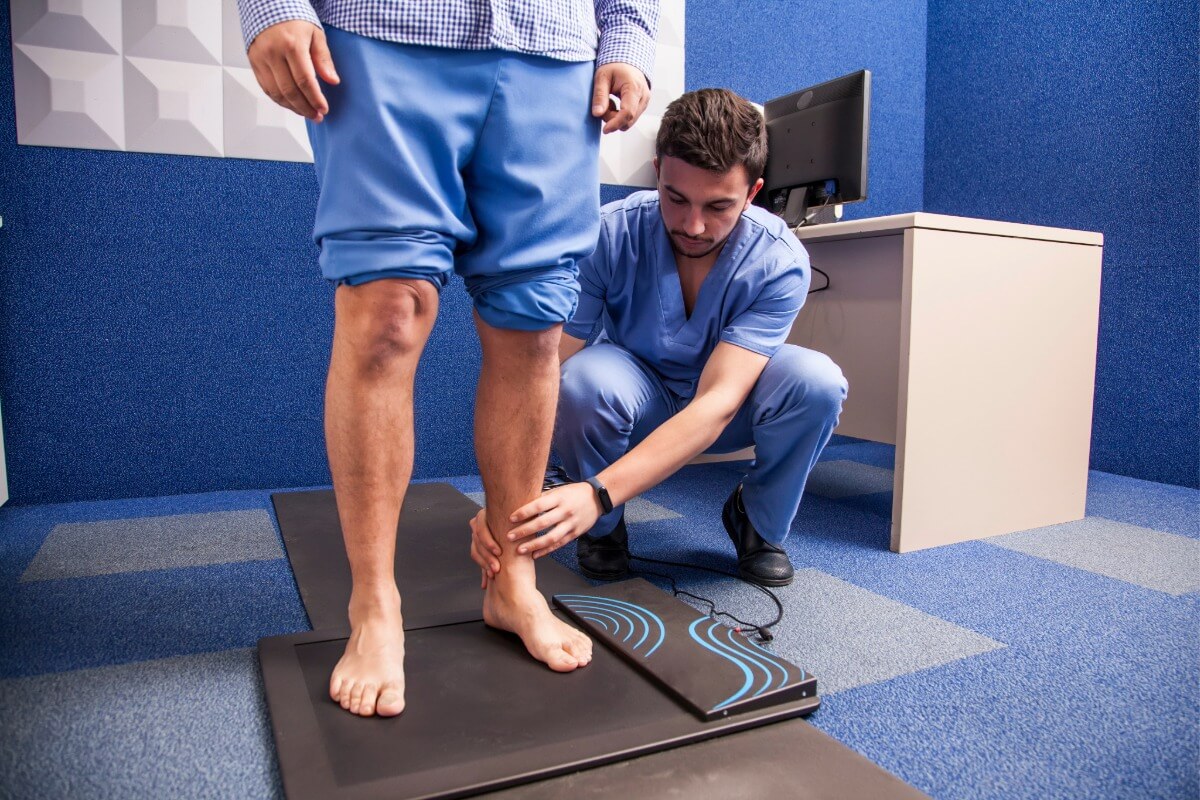Treating and Preventing Ingrown Toenails in Children: How-to Guide

The feet and ankles are crucial to a child’s development, as their condition shows how the rest of the body is aligned. If a child’s foot or ankle is injured, it can impede their growth. An example of this is ingrown toenails, a common condition that affects many children and adults.
Ingrown toenails occur when the toenail starts to grow into the surrounding skin. The pain from ingrown toenails can be severe, and if not treated properly, can result in an infection. Warning signs of infection are typically redness, swelling, and pus near the affected nail. If left untreated, the infection can cause worsening pain and other conditions.
How to Prevent Ingrown Toenails
There are many ways that parents can ensure that their child is not affected by ingrown toenails. All of these methods can be performed regularly; however, the best way to prevent ingrown toenails is to first know what can cause it. Ingrown toenails are hereditary, but they can also occur due to ill-fitting footwear, trauma in the nail, improper trimming of nails, pedicures, and poor circulation.
- Trim Toenails Straight and Keep Them at a Moderate Length
If a toenail is cut to match the curve of the toe, it may grow at a weird angle and cause ingrown toenails. That’s why it’s important to trim the nail straight across, ensuring the nail grows straight. Additionally, trim the nail to be even with the tip of the toe. If the nail is too short, pressure from the shoes may direct the nail growth towards the skin.
- Wear Shoes that Properly Fit or Protective Shoewear
Improper shoes place pressure on the nail, pinching them and causing them to grow into the skin. Properly fitted shoes won’t have this issue as they won’t put unnecessary pressure on the feet while protective shoewear can protect the nails, such as steel-toed shoes.
- Checking the Feet
Ensuring that the nails are properly kept and checking them regularly for ingrown toenails can prevent any serious cases, as ingrown toenails begin unnoticed.
Treating an Ingrown Toenail
If the previous prevention methods don’t work and there is sign of discomfort, pain, or infection, then it’s time to treat the ingrown toenails. Ingrown toenails should not be tossed aside, as they can be disabling and severely uncomfortable for children.
- Home Remedies
Parents can try home remedies before immediately seeking medical help. Soaking feet in warm water can reduce swelling and redness, and after soaking, cotton or floss can go under the ingrown nail to guide it above the skin. Antibiotic cream and pain relievers can help the infection and inflammation, and wearing open-toed shoes gives the nail breathing room.
- Lifting the Nail
For slightly ingrown nails, doctors can lift the nail and place a splint under it, separating it from the skin and helping it grow above the skin edge. Soaking treatments will follow this step.
- Partially Removing the Nail
For severe ingrown toenails, doctors will temporarily numb the toe and then work to trim or remove part of the nail. Occasionally, this results in the removal of the full nail.
- Removing the Nail and Nail tissue
If the same toe is repeatedly having issues with ingrown nails, doctors may suggest the complete removal of the nail and nail bed tissue. This procedure will remove the nail and prevent it from growing back.
Ingrown toenails can be painful, uncomfortable, and detrimental to the growth of a child. If your child is experiencing complications due to ingrown toenails, they should seek medical treatment. The specialists at Diablo Foot and Ankle can help children and monitor the development of their musculoskeletal system. If you want to learn more about the various foot complications and how they can affect children, visit our website today.
Related articles
Request your podiatry consultation now
Fill out our contact form for a prompt call back. Diablo Foot & Ankle: Premier podiatry group in Walnut Creek & Antioch

.svg)

.svg)
.svg)





